 |
Channel  : Introduction : Introduction
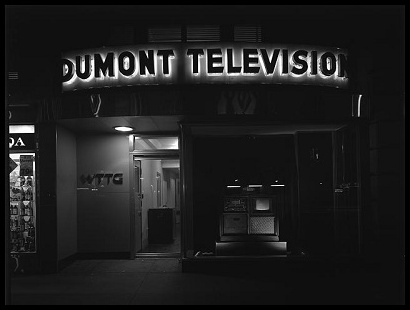
DuMont is the Jesse Garon Presley of networks,
a sibling that died young and was lost in the mists of
memory...for most viewers DuMont is as forgotten
as Faraway Hill and Rhythm Rodeo and Chicagoland
Mystery Players—DuMont shows one and all...
It should not be so, because DuMont was as bold a
program service as television would have.
R.D. Heldenfels, in his book Television's
Greatest Year: 1954 (see Channel 11).
In the late 1940's and early 1950's, DuMont
was America's fourth television network. Long before Fox proved that a
fourth network was viable, it was DuMont which competed with CBS, NBC
and ABC for the television audience. DuMont was second to enter the
network TV business, establishing a link between its New York City and
Washington, D.C. stations in 1945, ahead of both CBS and ABC, and not
far behind the pioneering efforts of NBC.
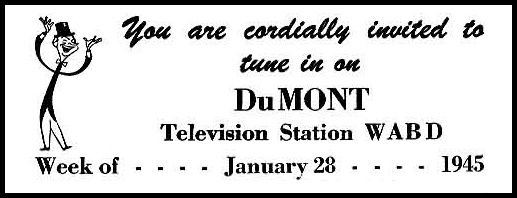
Hindered by a lack of primary stations and a small
budget, and by being forced to utilize UHF affiliates in an era when UHF
was not competitive, DuMont never achieved the success of the other
networks, and folded its television network in 1956. DuMont also
manufactured sophisticated electronic equipment, as well as broadcast
equipment for the television industry, plus high-quality TV sets, which
may be what DuMont is best remembered for today. In fact, one of the
primary reasons for DuMont's entry into the network TV business was to
sell more DuMont TV sets.
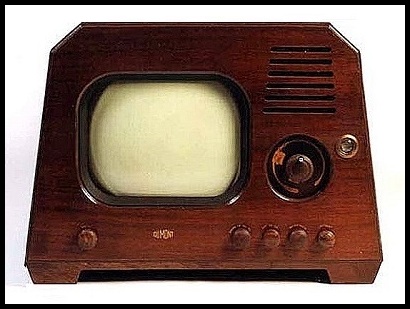
DuMont model RA-103, the "Chatham," 1948.
The DuMont network developed from the research efforts of
DuMont Laboratories, founded by Dr. Allen B. DuMont, a brilliant
inventor. One of DuMont's early inventions was the so-called tuning eye,
which he sold to RCA for $20,000. DuMont developed the first
long-lasting cathode ray tube, the basis of electronic television, and
was first to offer a home television receiver to the public in 1939,
exhibiting sets at the New York World's Fair that year. For these and
other reasons, Allen B. DuMont has been referred to by many people as
"The Father of Television."
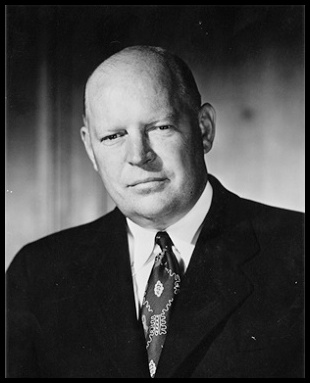
Above: Allen B. DuMont
DuMont applied for an experimental television station in
New York City, which went on the air as W2XWV in 1942. Two years later,
the station was licensed commercially as WABD, channel 5 (for Allen B.
DuMont). DuMont also owned WTTG in Washington, D.C. (originally W3XWT),
also on channel 5, which received its commercial TV license in 1946.
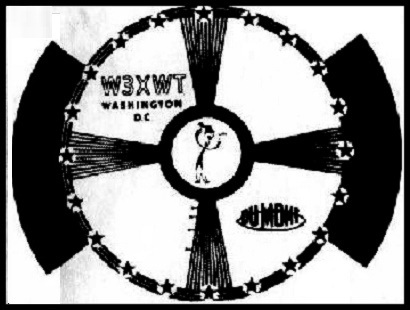
Other stations were later joined to create the DuMont
Television Network, which originated programs primarily from its New
York studios, beginning at 515 Madison Avenue, then at John Wanamaker's
department store, and finally at the DuMont Tele-Centre at 205 East 67th
Street, where New York's Channel 5 still has its studios today. (The World Almanac continues to list 515 Madison Avenue as the "DuMont building.")
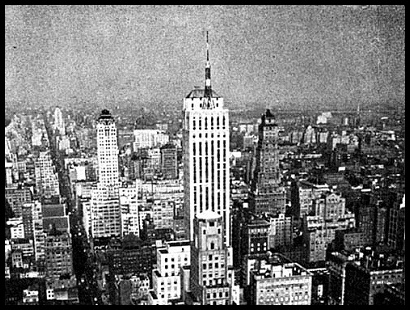
515 Madison Avenue in 1944.
Needing additional funds to continue his research, Dr.
DuMont sold an interest in his fledgling company to Paramount Pictures
in 1939. DuMont's involvement with Paramount ultimately proved to be a
big mistake. Eager to hinder the development of television, which it
perceived as a serious threat to the motion picture industry, Paramount
thwarted DuMont's plans on many occasions. In later years, Paramount
even owned and operated its own TV stations, which competed with
DuMont's own affiliates. Because the FCC considered Paramount to be the
co-owner of DuMont's stations, their presence prevented DuMont from
acquiring more television outlets to carry its network programming.
Eventually, Paramount would help to cause DuMont's downfall.
(According to former DuMont managing director Ted
Bergmann, Paramount acquired all of DuMont's "B" stock - 26 percent of
the company - in return for $212,000, which Paramount later blithely
stated was only a loan and had to be repaid! This sort of subterfuge was
apparently typical of Paramount's dealings with DuMont.) 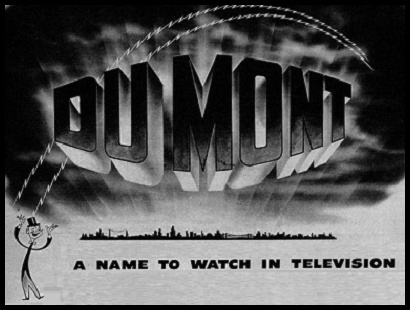
Alan E. Ruiter, biographer of Allen B. DuMont, and Dr.
Thomas T. Goldsmith, one of Dr. DuMont's early colleagues, have both
reported that the first DuMont network telecast occurred on August 9,
1945, when DuMont's New York and Washington TV stations were linked via
coaxial cable for an announcement concerning the dropping of the second
atomic bomb on Nagasaki. NBC is known to have linked WNBT in New York
City and WRGB in Schenectady in 1943, via direct over-the-air reception,
for a program called War Bride. Ruiter writes, however, that DuMont was
first to be officially "licensed" as a television network. 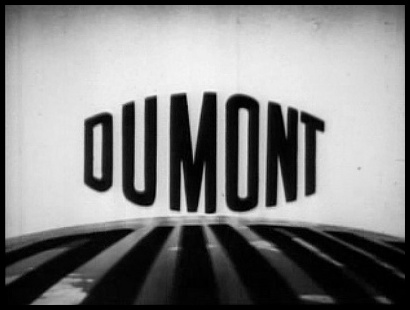
DuMont claimed to have the world's first wholly-owned TV
network, since DuMont-owned WABD and WTTG formed the nucleus of the
DuMont network, while the NBC network initially included the station in
Schenectady, owned by General Electric, not by NBC. The first regularly scheduled DuMont network series is generally acknowledged to have been Serving Through Science, which premiered on DuMont's two-station network (WABD and WTTG) on August 15, 1946. It was not until the following year, however, that
DuMont's true network efforts began. In its annual report to
stockholders in 1947, DuMont stated:
...the former "Broadcasting Division" has been renamed
the "DuMont Television Network." As such, it operates
our wholly-owned stations, and is establishing
affiliations with other independent television stations.
Go to Channel 3: Stations
|
 |

